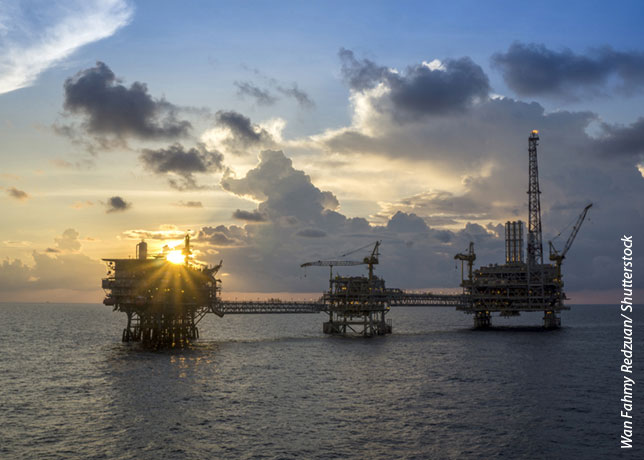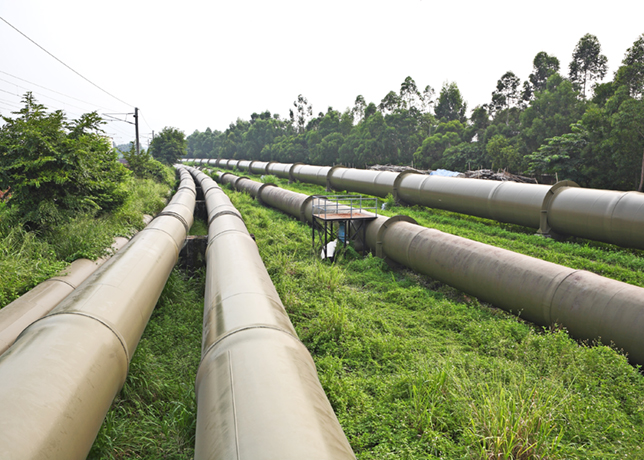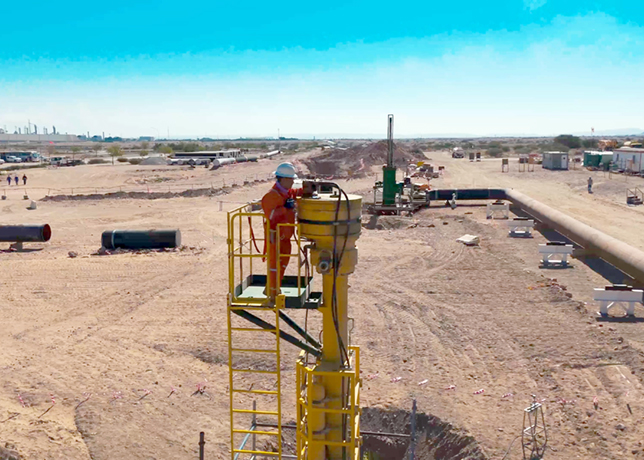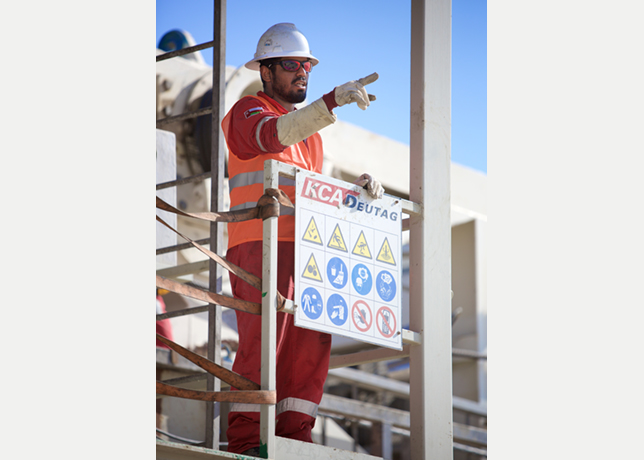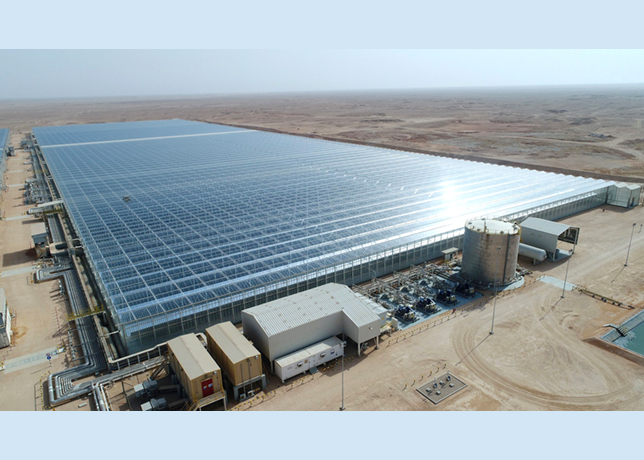
 Upstream operations require a vast data handling system to maximise oil recovery
Upstream operations require a vast data handling system to maximise oil recovery
SAP Arabia, the UAE-based IT specialist, has developed ‘mySAP Oil and Gas for Production and Revenue Accounting (SAP PRA)', a key component of the integrated solution for the upstream oil and gas industry (along with Joint Venture Accounting and Offshore Logistics).
SAP Production and Revenue Accounting provides tools for production management and revenue accounting in the upstream oil and gas industry. SAP has worked closely with oil and gas companies to develop this solution so that it matches current industry practices.
Upstream oil and gas companies face tough challenges. Escalating drilling and completion costs, along with fluctuating natural gas and crude oil prices have put a premium on information management and cost control. The main objective for any upstream company is to identify the least expensive and most efficient way to produce hydrocarbons and account for revenue from that production. Companies can t achieve this goal without effective, real-time information management.
To be effective and thrive in such a demanding business environment, upstream oil and gas companies need an open IT environment that allows seamless data sharing throughout the enterprise and along the entire value chain, and, increasingly - with other companies. Companies must integrate business processes and employees across functional boundaries to develop efficient business processes and boost productivity. Employees need access to accurate, up-to-date information so that they can quickly master new challenges and seize business opportunities.
The typical IT environment makes this difficult to achieve. Production and financial data is collected and processed in different environments. Production data is recorded and analyzed in field data capture systems; oil and gas sales are administered in revenue accounting systems; and the revenue is posted in a company’s financial system. As a result, business processes have traditionally been disconnected, leading to inefficiencies, and to slow information flow.
SAP Production and Revenue Accounting overcomes these difficulties by integrating the entire business process chain - from crude oil and natural gas production to distributing revenue to the interest owners. Employees throughout the enterprise can work with the same data, which eliminates unnecessary data entry and improves data consistency, and the system makes data available across the company so it is always available for decision-makers.
SAP Production and Revenue Accounting provides an integrated solution that helps upstream companies better manage their business today, and that is flexible enough to help them grow in the future.
Within the SAP Production and Revenue Accounting Solution, the Energy Integration Architecture connects third-party systems, such as ownership and field data capture systems, so they can synchronize and exchange data with the SAP Production and Revenue Accounting component. Within SAP Production and Revenue Accounting, measured oil and gas volumes are allocated to individual wells and producing well zones (well completions). Allocated volumes are matched with contracts for valuation and are then used as the basis for distributing oil and gas sales revenue to interest owners.
The new system boasts a host of particular services, some of which are detailed below:
Upstream graphics
The Upstream Graphics application is a highly integrated component of the Production Revenue Accounting system. It is an interface that accesses standard Production Revenue Accounting transactions. Upstream Graphics is not a drawing tool; rather, it can be described as a graphics engine, which allows you to maintain and view data graphically.
Production application area
The Production application area is used to define allocation rules and to process master data for Production and Revenue Accounting entities, including well completions, measurement points, and delivery networks. The Production application area allocates volumes for a material, such as oil or gas, from a measurement point to a well completion.
Master data is entered into records with effective start and end dates, which protects the original version of a record, because the system stores each subsequent version of the record. In addition to processing master data for entities, the Production application area captures data about daily activities, such as well downtimes and the results of well tests.
Measurement system
Oil companies often deal with vast quantities of hydrocarbon product, and need to know exactly what volumes are involved in transactions. Thus, the ability to standardise reserved readings into standardized readings is of great use.
The Measurement System - also known as “generic measurement” in Production and Revenue Accounting - is a function in Production and Revenue Accounting that allows observed volumes taken for specific Production Revenue Accounting transactions such as well completion and measurement point transactions to be converted - based on standard or customized calculation routines - into standardized readings, which are then saved as measurement documents to the central database.
Product control application
The Product Control application area has two main objectives. The first objective is to generate “producer nominations” that are submitted directly to pipelines or to a third-party marketing company. The second objective is to calculate adjusted gross revenue interest (GRI) percentages that are later used by the Contractual Allocation application area.
Contractual allocation
The Contractual Allocation application area allocates volumes of oil and gas that are transported from sales points or well completions to multiple contracts and owners. The system uses four allocation methods: the sales point originated method, the division order sales method, and two manual entry methods that allow users to enter volume or energy quantities for each termination point in a delivery network. Contractual Allocation retrieves the sales volumes from the Production application area, then allocates volume and energy quantities to marketing groups, contracts, and working interest owners.
The system’s extensive tool range also includes Balancing application, Contracts and Pricing application, Ownership and Valuation applications and much more.














